In recent years, many households in Khe Ngau village, Xa Luong commune, Tuong Duong district (Nghe An province) have taken advantage of natural water sources from streams to dig ponds to raise fish, including grass carp, bringing economic efficiency to farmers.
In recent years, many households in Khe Ngau village, Xa Luong commune, Tuong Duong district ( Nghe An province) have taken advantage of natural water sources from streams to dig ponds to raise fish, bringing economic efficiency to farmers.
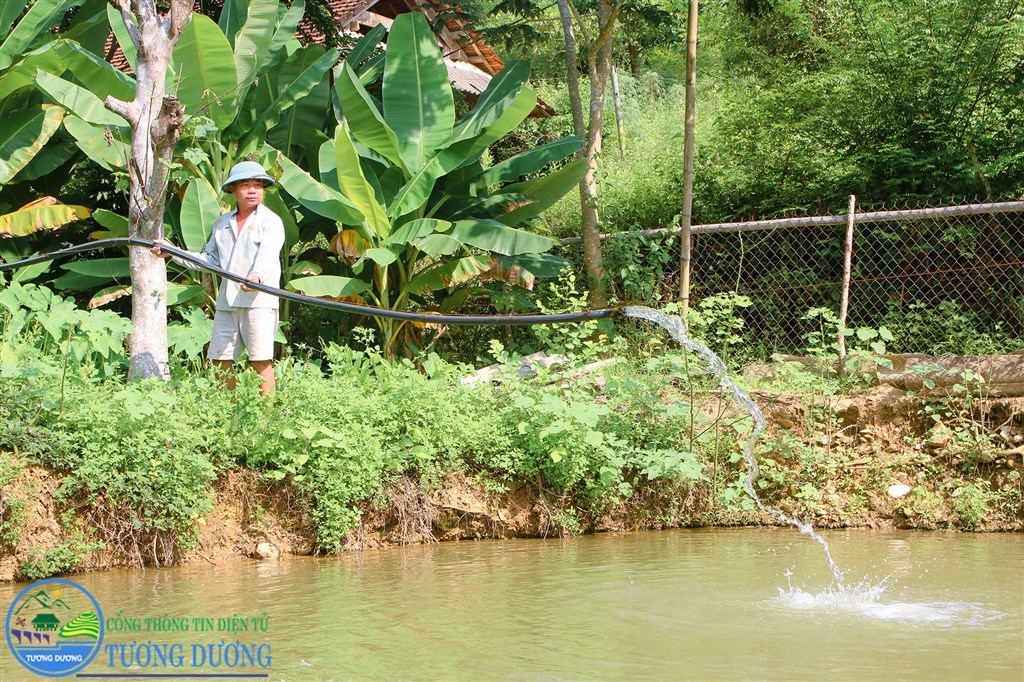
People take advantage of natural water sources in streams to buy water pipes to dig ponds to raise fish, including grass carp in Xa Luong commune, Tuong Duong district, Nghe An province. Photo: Dinh Tuan
Khe Ngau village, Xa Luong commune, Tuong Duong district (Nghe An province) is a residential area of Thai ethnic people. The whole village has 156 households, but more than half of the households take advantage of natural water sources from streams to dig ponds to raise fish.
This method has been bringing significant results to farmers. According to statistics, Khe Ngau village currently has 86 fish ponds, each pond has an area of about 200-250m2 .
Exploiting clean water from the stream in the village, since 2018, Mr. Luong Van Pan's family has invested over 100 million VND to buy water pipes, dig ponds, buy fish fry and necessary equipment for fish farming.
Mr. Pan said: Realizing that the water source from the streams in the village is clean and flows all year round, I decided to invest in installing a water pipe system and dig a pond to raise fish. At first, I only dug one pond, but after raising fish and seeing the effectiveness, a year later I decided to hire a machine to dig another new pond. Up to now, the family's two ponds have an area of nearly 2,000m2 .
Every year, my family raises traditional fish breeds: grass carp, bighead carp, silver carp... I usually choose healthy fish breeds, freshwater fish weighing from 0.7 - 0.8 kg/fish.
Farmed fish will have less diseases, buy and raise for about 1 more year, grass carp weight increases quickly about 4 - 5 kg/fish can be sold. Each year, the family harvests 3-5 quintals of fish, earning 30-50 million VND.
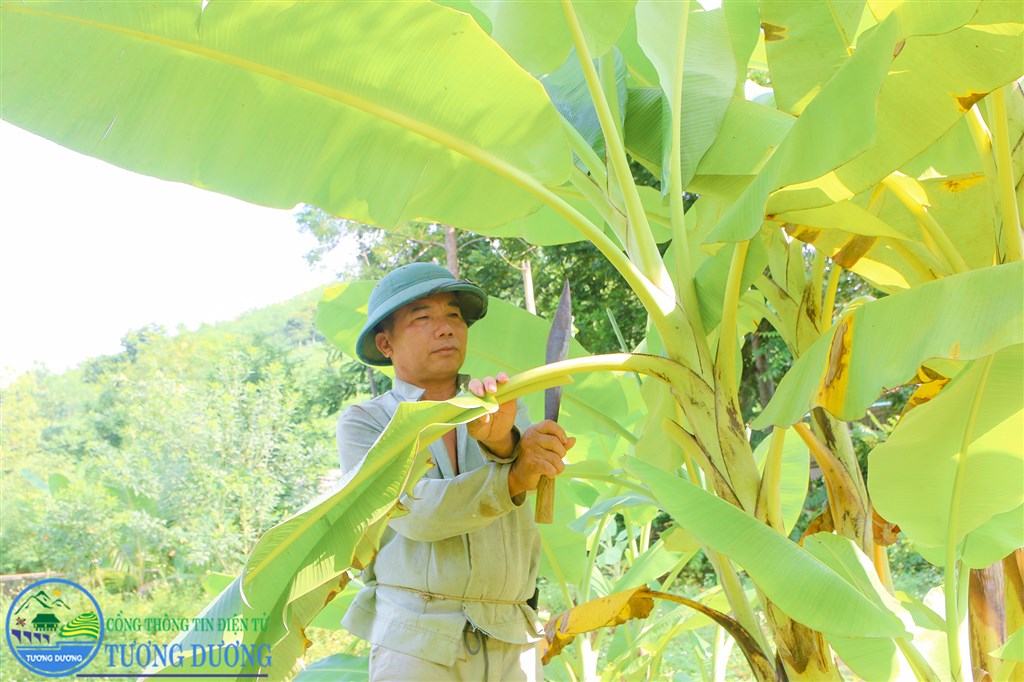
Mr. Luong Van Pan's family makes full use of their garden land to grow bananas, cassava, and elephant grass to feed grass carp. Photo: Dinh Tuan
“This area has quite favorable conditions for fish farming because the upstream water is clean and flows all year round. Farmers can control the water level in and out appropriately. Although it is pond fish, the quality of the fish meat is no different from river fish or stream fish, because the water source changes constantly. Therefore, it is sold at a high price and is favored by the market," said Mr. Pan.
In Khe Ngau village, there is not only Mr. Pan's family but also many other families who raise fish effectively. Mr. Lo Ngoc Tin is feeding the fish and said that this area used to be the area where he grew cassava and corn but it was not effective, so his family invested money to dig a pond to raise fish.
Mr. Tin shared: “The food source for grass carp is also easy to find: duckweed, cassava leaves, banana leaves, elephant grass... all of which are grown in home gardens. Compared to raising cows or pigs, I find that raising fish is less labor intensive and the income is much more stable.
Every day, I only spend about 1-2 hours looking for food and feeding the fish. After this time, I can do other jobs. Thanks to raising fish, my family has an income of 30-40 million VND each year."
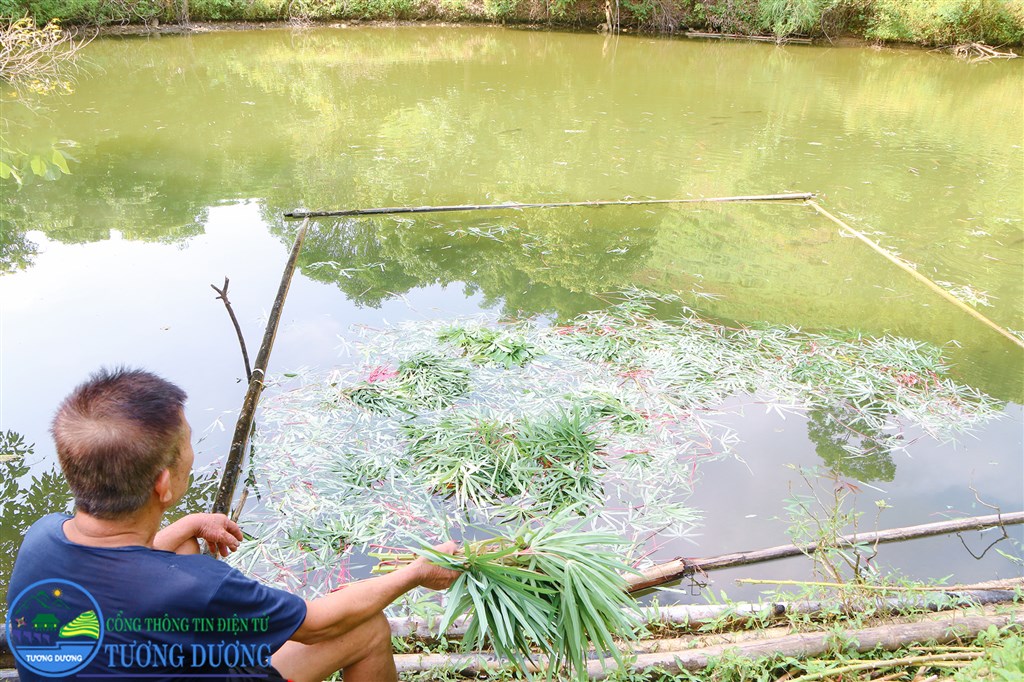
Thanks to abundant food sources and clean water, grass carp grow and develop quickly in Xa Luong commune, Tuong Duong district, Nghe An province. Photo: Dinh Tuan
According to Mr. Tin, to raise fish effectively, it is necessary to ensure good conditions regarding area, water level, breed, grazing regime, care, and disease prevention. The fish breed must be of uniform size and not be damaged. In addition, it is necessary to pay attention to disease prevention for fish.
Before each crop, it is necessary to remove lime to kill miscellaneous fish and pathogens by spreading lime powder on the bottom of the pond, and clearing grass and bushes around the pond. During the farming process, especially when raising grass carp, it is necessary to pay close attention. If there are signs of fungus in the fish, immediately take neem leaves and bauhinia leaves and drop them into the pond to treat the fungus in the fish.
Mr. Kha Danh Tu, Head of Khe Ngau village, said: The whole village has 156 households but more than half of the village has fish ponds. Previously, from raising fish only to provide additional food for the family, many families in the village have now expanded the scale of aquaculture to become a commodity.
Along with ensuring food sources for fish, households have focused on seasonal care and disease prevention, so the current fish farming output is quite stable. The annual fish output of the whole village is from 1.5 to 2 tons.
According to Ms. Lo Thi Tra My, Chairwoman of the People's Committee of Xa Luong Commune, Tuong Duong District, Nghe An Province, previously only a few people in Khe Ngau village raised fish in ponds, but when they saw that it brought a stable income, many people learned and followed suit.
It can be seen that the fish farming model has opened up a new direction for economic development in the locality, helping farmers get rich legitimately on their cultivated land.
Source: https://danviet.vn/dao-ao-dan-nuoc-suoi-vao-nuoi-ca-tram-co-to-bu-o-mot-xa-cua-nghe-an-he-bat-len-la-ban-het-veo-20250114104531272.htm


![[Photo] General Secretary To Lam chairs a working session with the Central Internal Affairs Commission](https://vphoto.vietnam.vn/thumb/1200x675/vietnam/resource/IMAGE/2025/5/22/3b7790f499da45b2803d8ae253207ef1)


![[Photo] Prime Minister Pham Minh Chinh chairs the Government's special meeting on law-making in May](https://vphoto.vietnam.vn/thumb/1200x675/vietnam/resource/IMAGE/2025/5/22/1c880aae96fd4e0894abc47a46fe19ba)


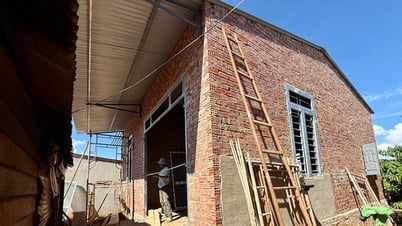


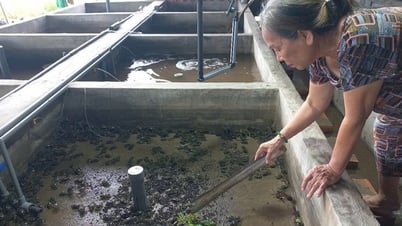


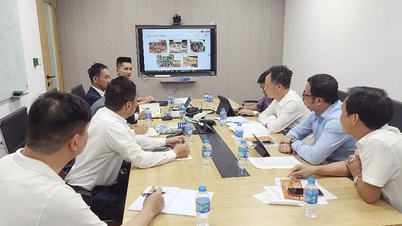
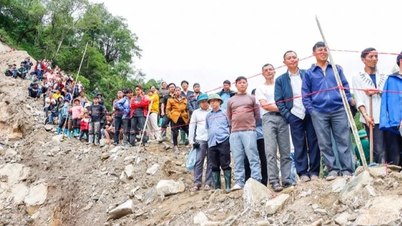







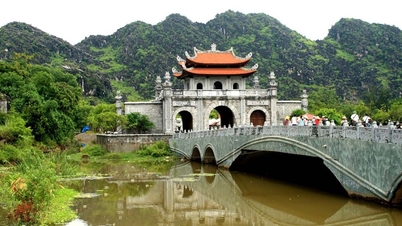
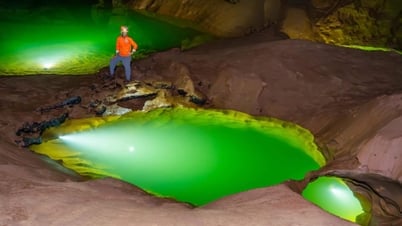
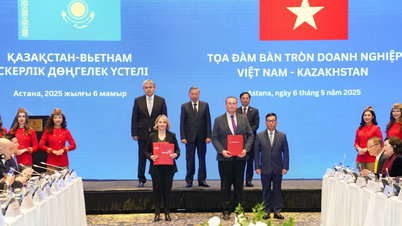






































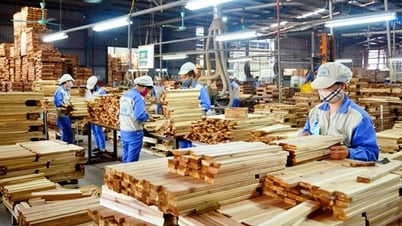






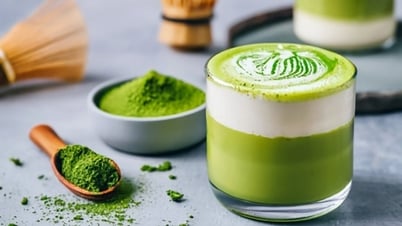







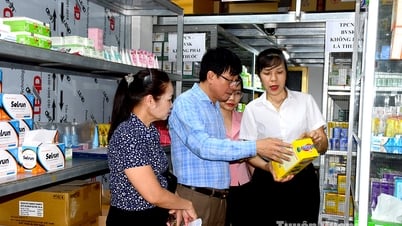


![[Podcast] Week introducing more than 500 OCOP products in Hanoi](https://vphoto.vietnam.vn/thumb/402x226/vietnam/resource/IMAGE/2025/5/22/d144aac2416744718388dbae3260e7fd)






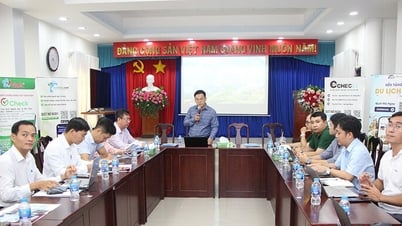

Comment (0)